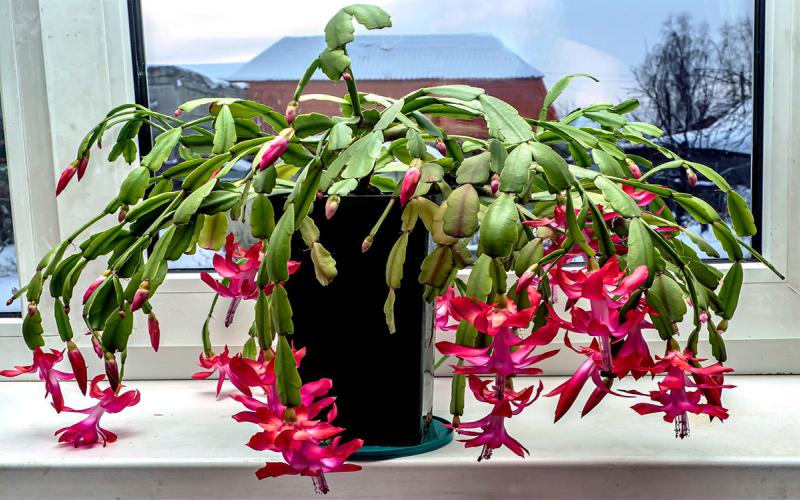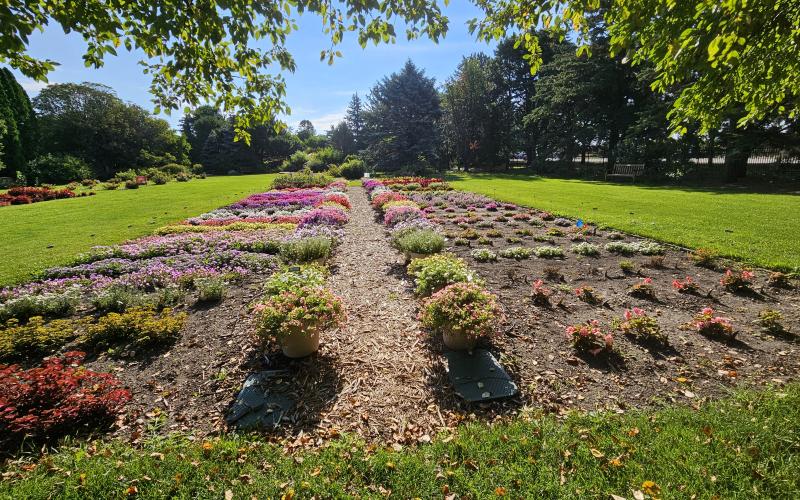Green ash is still one of the most commonly planted trees in South Dakota, and considering the number of trees in windbreaks, along urban streets, and in yards already, it is a surprise anyone would think we need more. In addition to the numerous pest problems we already have with this tree, the looming threat of emerald ash borer should make us a little more cautious about wholesale recommending the use of this tree. We also need to be more vigilant in examining dying ash. Emerald ash borer is presently as close as the Twin Cities of Minnesota (Minneapolis-St. Paul) and the Twin Cities of Kansas City (Missouri and Kansas). These infestations were detected before the borer was well-established, perhaps only present for four years. This is in contrast with the Michigan experience where the insect went undetected for a decade or more. Recent studies indicate that year 8 is the tipping point, if not detected by this point, the borer population and tree mortality quickly expands. So the quicker it is identified and contained, the slower the spread. Unfortunately it is not easy to detect. There are also lots of other insects that like to feed on ash. It is important to be able to determine whether what you see on a dying ash is one of our native pests or the emerald ash borer.
Some common pests for ash trees include:
Clearwing Ash Borer

The most common ash borer in South Dakota is our native clearwing ash borer (Podosesia syringae). This insect makes an exit hole about the size of a pencil (1/4 inch) and usually the ground beneath the holes is covered with powdery sawdust. The galleries are often found deep within the wood, rather than just beneath the bark, and they are usually clean of material.
Carpenterworm

(Prionoxystus robiniae) is another common boring insect of ash trees. This insect creates an exit hole about 1/3 inch in diameter, slightly larger than a pencil. There will often be sawdust around the hole and on the ground beneath the tree. Sap may also be oozing from the holes and sometimes the empty pupal case left by the emerging adult insect can be found attached to the bark surrounding the exit holes.

The galleries may be 5/8 inches wide, often empty of sawdust and extending deep into the tree. Trees infested by carpenterworms often have their branches weakened by the extensive tunneling, and affected branches often break off in high winds. Woodpecker activity is also common on trees infested by carpenterworm

It is possible to find both carpenterworms and clearwing borers tunneling in the same tree as the picture above shows. The clearwing ash borer larva, the one to the left, is about 1-inch long (at maturity) and is creamy white with a shiny brown head. The carpenterworm larvae, the one on the right, can become almost 3-inches long at maturity and is pinkish-white with a dark head. The clearwing ash borer has a one-year life cycle so you will typically only find the larvae in a tree from June to the following May. Carpenterworms may have a three-year life cycle so it is common to find larvae of various sizes at almost any month of the year.
Redheaded & Banded Ash Borer

Other common borers of dead or dying ash trees are the redheaded ash borer (Neoclytus acuminatus) and the banded ash borer (N. carprea). These insects create an oval exit hole, almost “fuzzy” D-shaped in appearance, and are about 1/4-inch diameter. The galleries beneath the bark are winding, often following the grain of the wood and are packed with sawdust-like material. They are similar to those created by the emerald ash borer. The primary difference will be that these galleries may extend deeper into the wood than those created by the emerald ash borer. If you cut into the wood beneath the bark and galleries are still present, the most likely cause is the redheaded or banded ash borer, not the emerald ash borer.
Ash Bark Beetles

Another group of insects that can be found boring into dying ash are the ash bark beetles (Hylesinus). There are at least two species in South Dakota, the eastern ash bark beetle (H. aculeatus) and the western ash bark beetle (H. californicus). These insects create a round exit hole 1/16-inch diameter, about the size of a BB, and often these holes will encircle a shoot. The galleries beneath the bark consist of a main tunnel with numerous smaller tunnels run off from it and following the wood grain.
Emerald Ash Borer

The emerald ash borer creates a crisp D-shaped hole (1/8-inch) as it exits the tree. Their larvae form galleries just beneath the bark as they tunnel. These tunnels form a serpentine pattern and are filled with a sawdust-like material. There is no powdery sawdust on the trunk adjacent to the holes or on the ground beneath them.

This is just a brief description of the common borers and bark beetles found in ash trees. If you are not sure if you are looking at symptoms and signs of the emerald ash borer or one of our native insects, please contact SDSU Extension Forestry Specialist John Ball or any forestry expert to have the pest identified. Better to know for sure than possibly miss an infestation.

